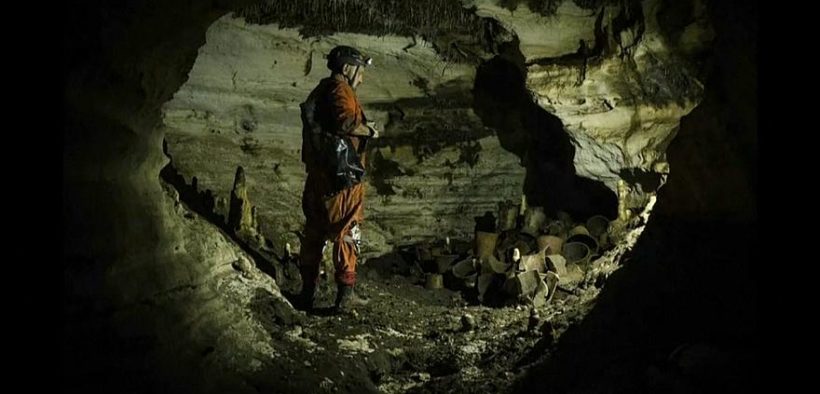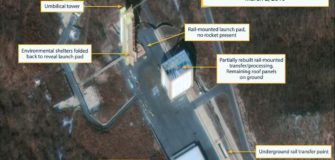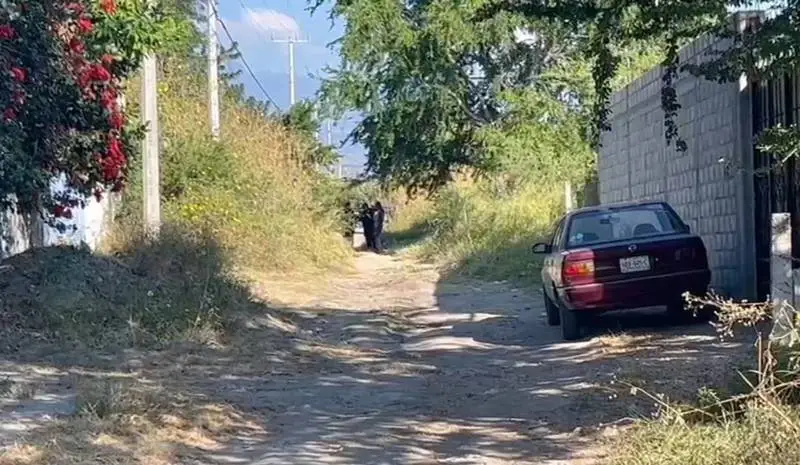Hundreds of artifacts found under Mayan ruins of Chichen Itza
Share

Archaeologists discovered a cave with hundreds of artifacts under the ancient city of Chichen Itza in Mexico, the lead researcher on the project said “The place is extraordinary”
The artifacts were found in a cave called Balamkú near the temple of kukulkan, which sites in the center of the site
Guillermo de Anda said in a statement on Monday that the discovery could help researchers understand the origins, lives and beliefs of the residents of Chichen Itza, a stunning stone city in the Yucatan peninsula that was founded around 750 AD.
Mr. De Anda and his workers were exploring when they found the artifacts, which date to around 700 to 1000 A.D., about 80 feet underground. The team has explored about 1,500 feet so far, crawling between various chambers connected by narrow tunnels.
“The place is extraordinary,” Mr. de Anda said in a video produced by the institute, speaking as he crawled through a dark, narrow passageway.
Some of the founded relics are seven incense burners shaped like the Mayan rain god Chaac, researchers believe offerings were meant to bring rain.
De Anda said locals had actually discovered the cave more than 50 years ago.
“What we found there was incredible, and completely untouched,” he said.
The residents of Chichen Itza considered the cave “the bowels of the gods,” He said
His team believes the largest incense burners date from around 700 to 1000 AD.
The indigenous Mayas who inhabit the area today warned his team that a venomous coral snake guarded the site.
And researchers did in fact find one which blocked their access to the cave for four days, De Anda said.
At locals’ behest, they performed a six-hour purification ritual before entering the cave.








